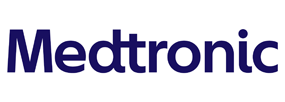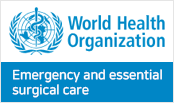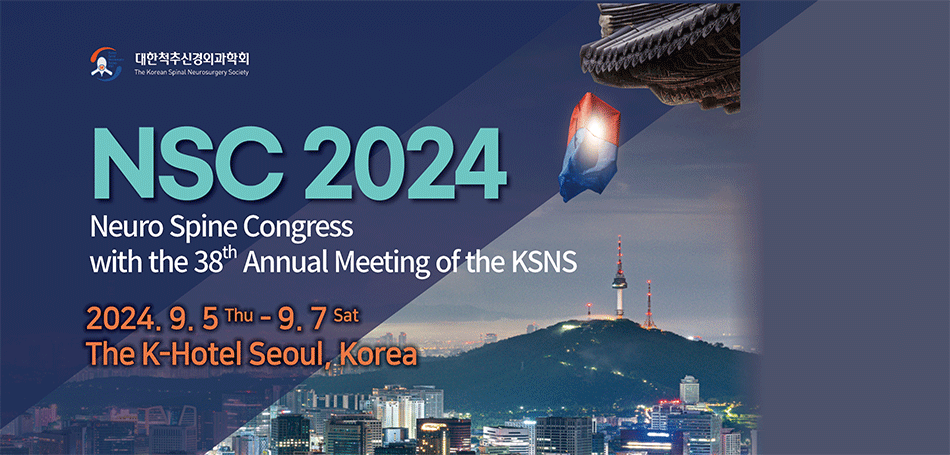- Search
|
|
||
Abstract
Objective
Methods
Results
Supplementary Material
Supplementary┬ĀTable┬Ā2.
Supplementary┬ĀTable┬Ā3.
NOTES
Conflict of Interest
Sheeraz Qureshi: Tissue Differentiation, HS2 LLC, Globus Medical, Stryker K2M, Simplify Medical Sravisht Iyer: Healthgrades, Globus Medical, Eliquence, Innovasis. All other authors have no conflicts of interest.
Funding/Support
This study received no specific grant from any funding agency in the public, commercial, or not-for-profit sectors.
Author Contribution
Conceptualization: TS, KA, IA, OT, AH, AL, SI, SQ; Data curation: KA, IA, OT, SQ; Formal analysis: TS, RM, OM; Methodology: TS, KA, IA, OT, AH, AL, AP, PS, RM, OM, ES, JD, SI, SQ; Project administration: TS, KA, IA, OT, AH, AL, AP, PS, RM, OM, ES, JD, SI, SQ; Visualization: ES, SI, SQ; Writing - original draft: TS, KA, IA, OT, AH, AL, AP, PS, RM, OM, SQ; Writing - review & editing: TS, KA, IA, OT, AH, AL, AP, PS, OM, ES, JD, SI, SQ.
Table┬Ā1.
Table┬Ā2.
Table┬Ā3.
Table┬Ā4.
Table┬Ā5.
REFERENCES

- TOOLS
-
METRICS

-
- 1 Crossref
- Scopus
- 1,255 View
- 109 Download
-
Journal Impact Factor 3.8
SURGERY: Q1
CLINICAL NEUROLOGY: Q1





























